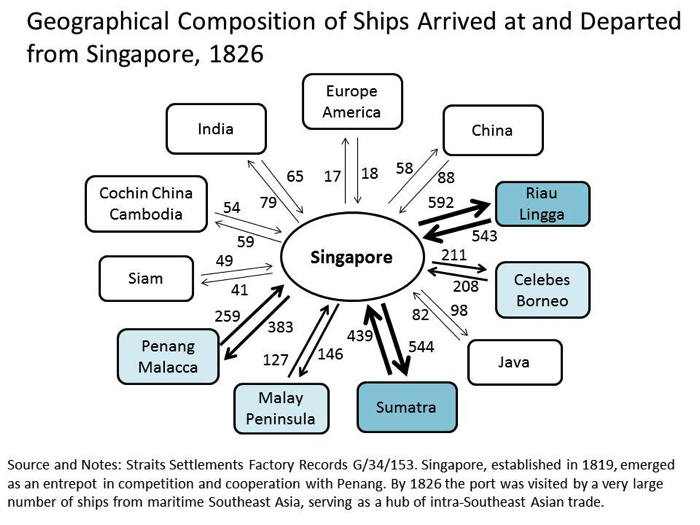- Project Leader : Sugihara Kaoru (National Graduate Institute for Policy Studies, Graduate School of Policy Studies)
- Collaborators : Mizuno Kosuke (Kyoto University, Center for Southeast Asian Studies)
- : Kawamura Tomotaka (The University of Tokyo, Graduate School of Humanities & Sociology)
- : Oota Atsushi (Hiroshima University, Graduate School of Letters)
- : Nishimura Takeshi (Kansai University, Faculty of Economics)
- : Hisasue Ryouichi (Institute of Developing Economies, JETRO, Inter-disciplinary Studies Center)
- : Miyata Toshiyuki (Tokyo University of Foreign Studies, Institute of
Global Studies) - : Kakizaki Ichiro (Yokohama City University, International College of Arts and Science)
- : Shimada Ryuuto (The University of Tokyo, Graduate School of Humanities and Sociology)
Outline of Research
During the period from the end of the 18th century to the early 20th century, Southeast Asia as a region was integrated into the world economy with the gradual imposition of colonial rule by Western powers. At the same time, the region saw a sustained growth of intra-regional trade (intra-Southeast Asian trade) at an impressive rate even by the standards of other well-integrated regions. Succeeding the previous joint research (see below), this research aims to reinterpret the history of Southeast Asia’s trade, by placing the growth of intra-regional trade, and the market institutions that supported it, at the centre of its dynamics. In so doing it hopes to offer a new perspective of Southeast Asian history, which emphasizes the continuity of the region’s internal dynamics throughout the “long 19th century.”
Description
In our previous research (‘Trading Networks and the Role of the Entrepot in Southeast Asian History,’ conducted from April 2010 to March 2012) we put forward a hypothesis that there was a growth of intra-Southeast Asian trade, and came up with a strong statistical evidence of its growth during the first half of the nineteenth century. By combining this finding with what we know from the relatively well-researched trade statistics of the late nineteenth century, this research examines the presence of an integrated set of market institutions (as well as merchant networks) centering around the entrepots of Singapore and Hong Kong, and its growth, with the use of trade statistics, price data and descriptive materials. It is hoped that our investigation into the market institutions of this region would offer a new agenda for the study of comparative institutional analysis.
In Fiscal Tear 2012 we submitted the proposal for a special issue to Southeast Asian Studies, which summarizes the result of our research so far, and held two research meetings. This year we plan to hold research meetings in the same way, publish some of the results in Japanese, and mix with other research groups (such as Kaken grants headed by Ishikawa, Sugihara and Shiroyama) to exchange ideas and information to seek avenues for future research. We also endeavor to engage in the international dissemination of our research results, and eventually publish them in book form.
 |
 |
